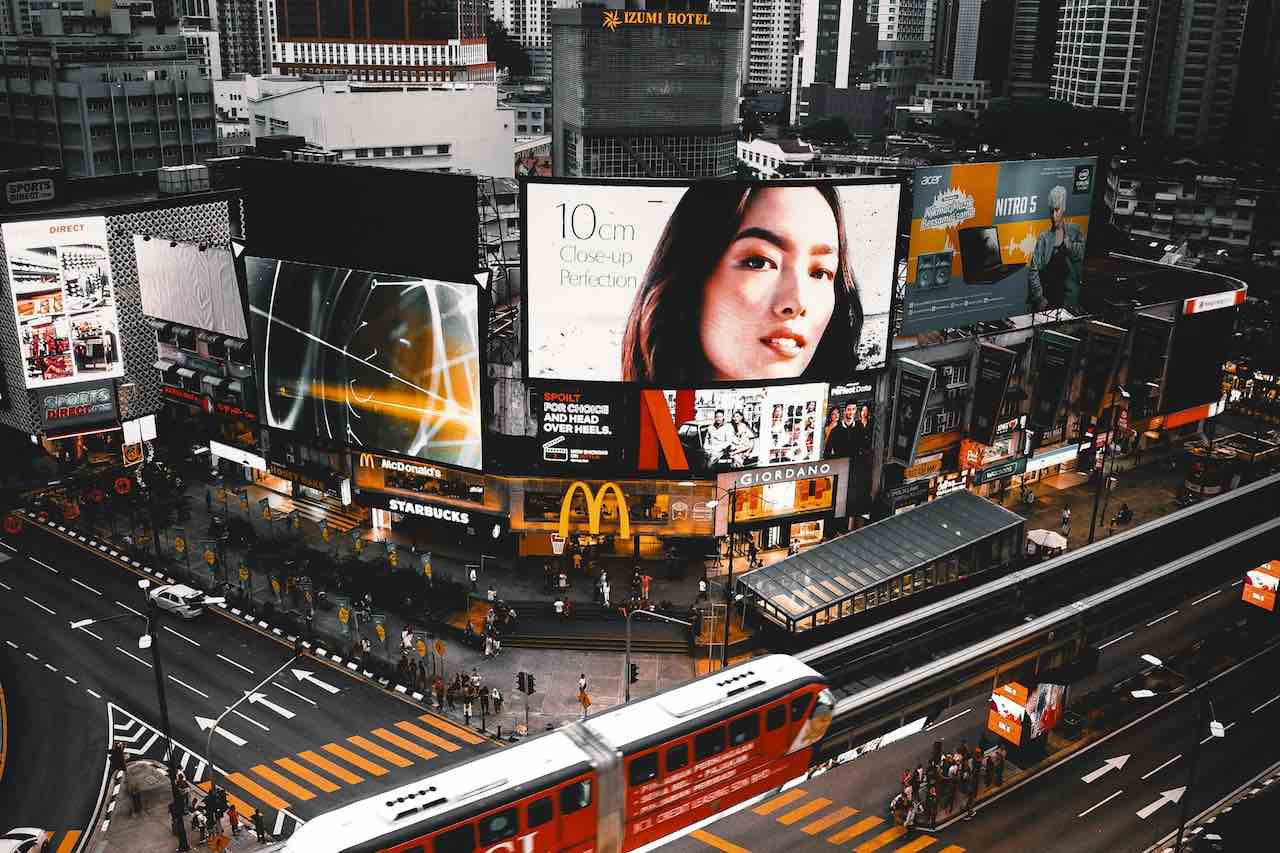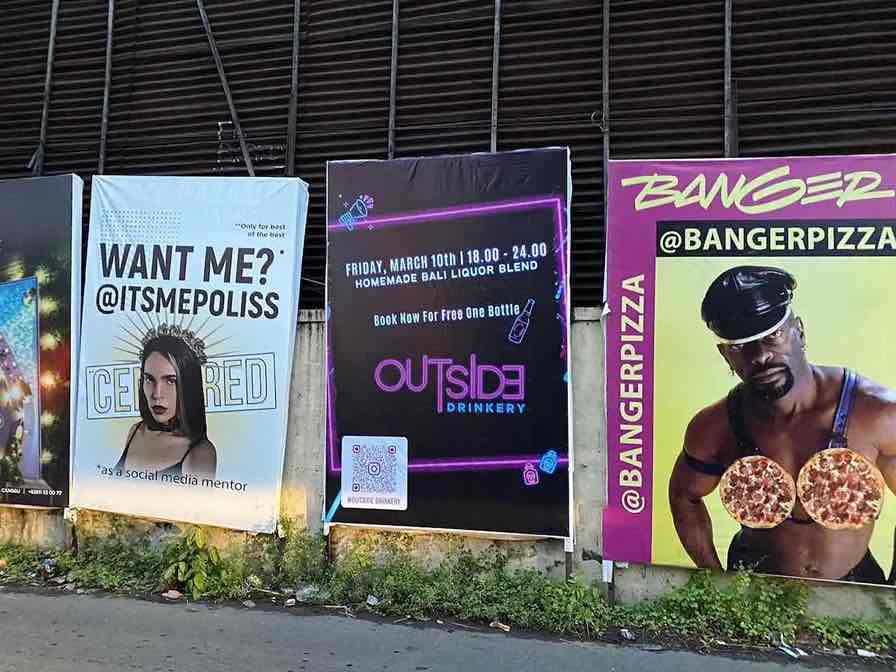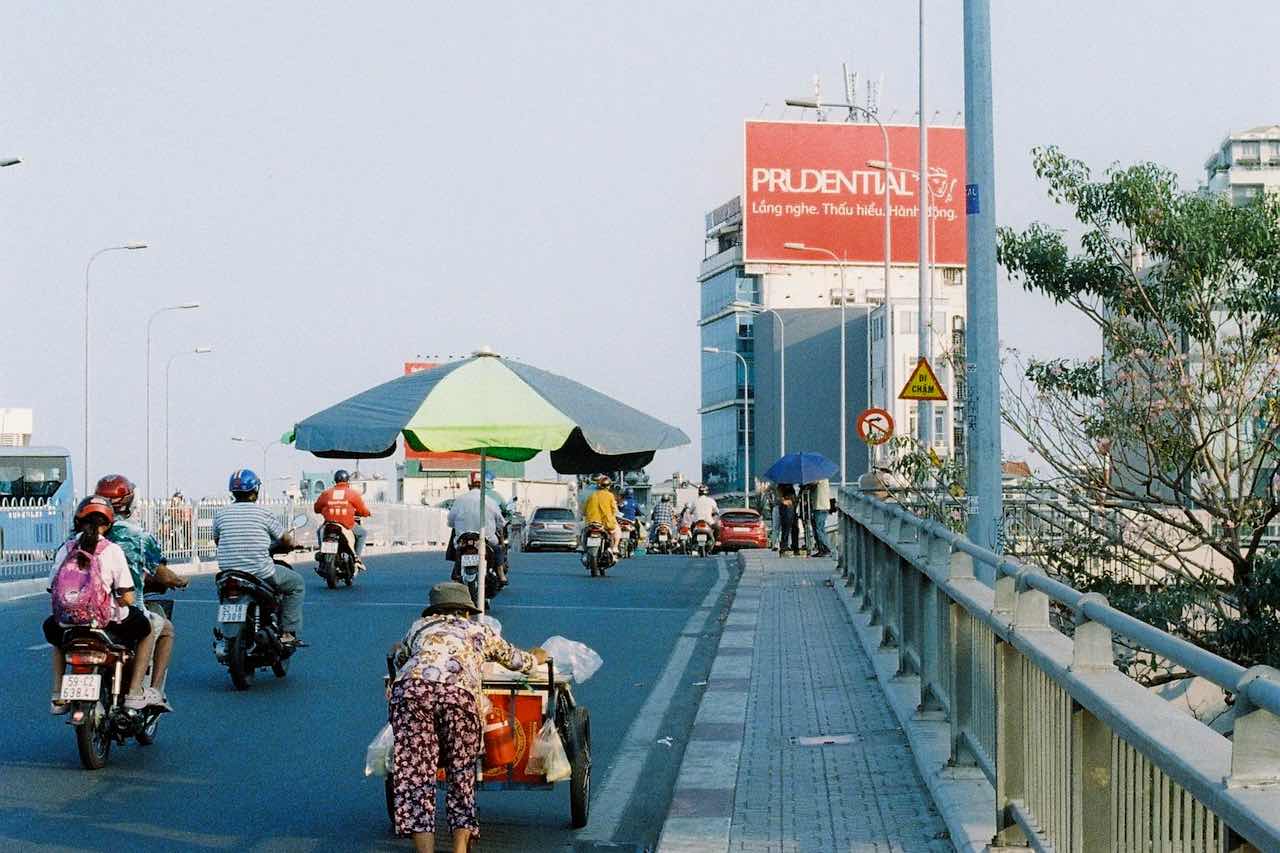
Outdoor advertising, or Out-of-Home (OOH) advertising, is one of the most effective marketing strategies for increasing brand visibility. However, in Indonesia, placing outdoor advertisements cannot be done arbitrarily. Various regulations and taxes must be adhered to by business owners and advertisers. This article will thoroughly discuss the regulations and taxes on outdoor advertising in Indonesia, including licensing procedures, tax types, and the challenges faced by this industry.
Outdoor Advertising Regulations in Indonesia
Each region in Indonesia has its own regulations regarding outdoor advertising. However, in general, there are several main rules that must be followed:
1. Outdoor Advertising Licensing
To install outdoor advertisements, advertisers or media owners must obtain permission from the local government. This licensing includes several aspects, such as:
- Advertising Operation Permit – Issued by the Investment and One-Stop Integrated Service Office (DPMPTSP) in each region.
- Advertising Structure Building Permit (IMBR) – Required for permanent advertisements with large structures.
- Spatial Planning Approval – Ensuring that the advertising location aligns with urban planning regulations.
- Permit from the Transportation Department – If the advertisement is placed near a highway to ensure it does not interfere with traffic.
2. Permitted Zones and Locations
Local governments typically designate specific zones where advertising installations are allowed. Some commonly permitted locations include:
- Commercial and business districts.
- Main roads with special licensing.
- Shopping areas and city centers.
Conversely, there are also prohibited areas for advertisements, such as:
- Educational institutions and places of worship.
- Conservation areas and cultural heritage sites.
- Sidewalks and pedestrian pathways without special permission.
3. Permitted Advertisement Sizes and Types
Each city has specific regulations regarding the sizes and types of advertisements allowed. Common types of outdoor advertising include:
- Conventional Billboards – Large advertising boards with static lighting.
- Videotrons/Digital Billboards – Utilizing LED technology to display digital advertisements.
- Banners and Posters – Usually used for short-term promotions.
- Vehicle Advertisements – Ads placed on buses, public transport, or private vehicles that have obtained special permits.
Outdoor Advertising Taxes in Indonesia
Outdoor advertising is subject to advertising taxes regulated under the Regional Regulations of each area. Below are some key aspects regarding advertising taxes:
1. Advertising Tax Rates
Advertising tax is calculated based on several factors, including:
- Advertisement size – The larger the dimensions, the higher the tax.
- Installation location – Ads placed in strategic locations (main roads, city centers) usually have higher rates.
- Installation duration – Taxes can be calculated daily, monthly, or annually.
- Media type – Digital ads (videotrons) tend to have higher taxes compared to static advertisements.
In general, advertising tax rates in Indonesia range from 10% to 25% of the advertisement contract value, depending on regional policies.
2. Advertising Tax Calculation Method
Advertising tax is usually calculated using the following formula:
Advertising Tax = Advertisement Rental Value x Tax Rate (10%-25%)
The rental value of the advertisement is determined based on production costs and location rental fees.
3. Advertising Tax Penalties and Fines
If an advertisement is installed without permission or without paying taxes, the owner may be subject to penalties such as:
- Administrative fines up to multiple times the unpaid tax amount.
- Forced removal by authorities without compensation.
- Prohibition on installing advertisements in certain locations for a specified period.
Challenges in Outdoor Advertising in Indonesia
Despite the continued growth of OOH advertising, the industry faces several challenges, including:
1. Inconsistent Regulatory Changes
Each region has different rules regarding advertising taxes and permits, which often change over time. This can make it difficult for advertisers to plan long-term campaigns.
2. Competition with Digital Media
Although OOH advertising remains effective, advertisers are increasingly shifting to digital advertising, which is more flexible and offers better analytics.
3. Crackdowns on Illegal Advertisements
Local governments frequently conduct crackdowns on illegal advertisements that lack permits. Advertisers must ensure all legal aspects are in place before installing advertisements.
Conclusion
Outdoor advertising in Indonesia has significant potential to increase brand awareness and sales. However, before installing advertisements, advertisers must understand the applicable regulations and taxes. By following the licensing procedures, selecting the right locations, and complying with tax regulations, businesses can utilize OOH advertising optimally and legally. Proper planning and adherence to regulations will ensure that advertising campaigns run effectively without legal issues.

















